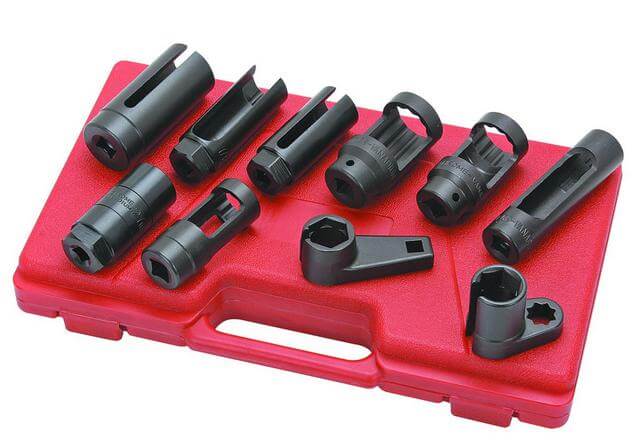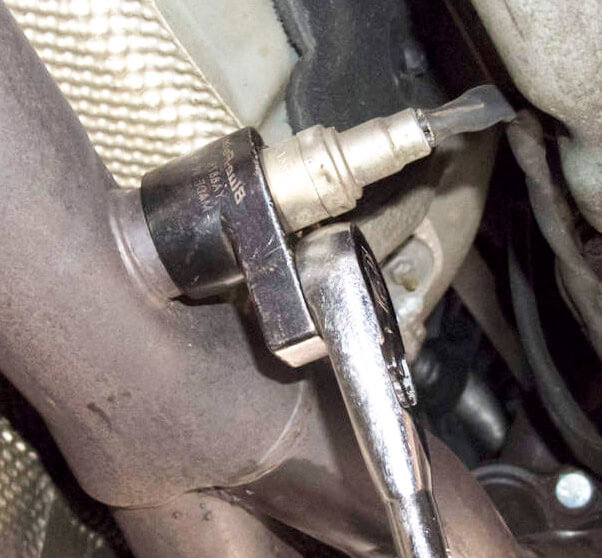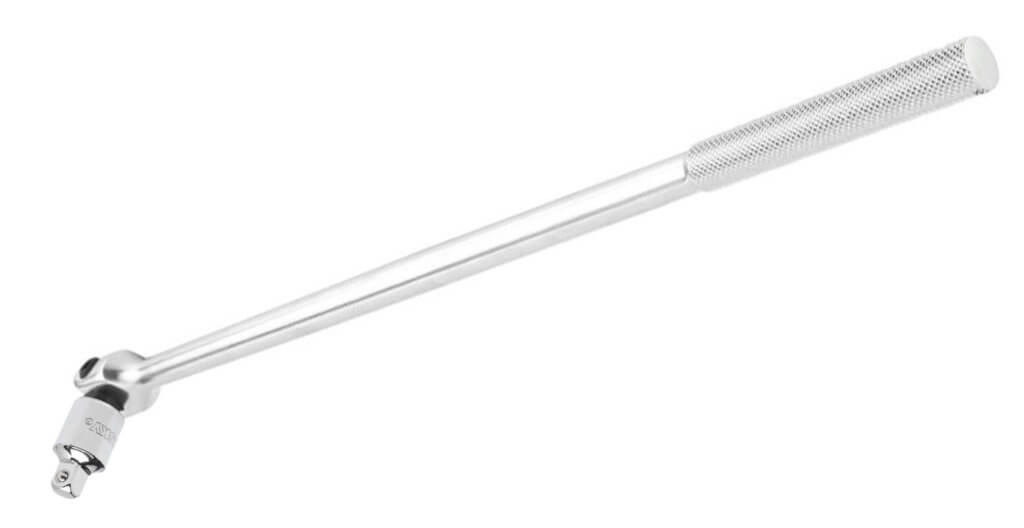What tools do you need to replace an oxygen sensor
An oxygen sensor socket set makes easy work of oxygen sensor replacement
Many oxygen sensors screw into the exhaust pipe or catalytic converter. When it’s time to replace an oxygen sensor, you’ll need an oxygen sensor socket. However, many air/fuel ratio sensors bolt onto the exhaust manifold. Those can be removed with a socket and ratchet. Here are the instructions for removing screw-in style oxygen sensors.
Buy or rent an oxygen sensor socket set
Oxygen sensor sockets are special tools that allow you to easily replace an oxygen sensor, even if you’re working in limited space. Just slide the socket over the sensor, The cut-out on the socket allows space for the wiring harness.
 You’ll also need a long handled ratchet and a can or rust penetrant.
You’ll also need a long handled ratchet and a can or rust penetrant.
Step 1 to remove an oxygen sensor
Soak the sensor with rust penetrant when the exhaust is cold.
In my experience, PB Blaster or Liquid Wrench work much better than any WD-40 product to loosen the rust
Wait about 15-minutes for the penetrant to seep into the threads.
Then, using a ball peen hammer, tap the oxygen sensor multiple times to set up vibrations that will break up the rust and allow the penetrant to seep in even further. Apply more rust penetrant and hammer again. Vibration the oxygen sensor is a critical step to breaking up the rust and allowing the rust penetrant to do its job.
Step 2: Start the engine and warm up the exhaust
Heat will help. But you don’t want the exhaust so hot that you can’t work safely. So start with warm. If you need more heat, you can try heating the sensor with a propane torch. Just be careful that the heat doesn’t damage the oxygen sensor wiring harness.
Step 3: Insert the oxygen sensor socket and apply force
A lot of force. If you can’t get enough leverage using a 3/8″ inch drive ratchet, add a 3/8 to 1/2″ adapter and use a 1/2″ drive breaker bar.

 Once the old sensor is out, install the new sensor
Once the old sensor is out, install the new sensor
Most new sensors come with anti-seize pre-applied to the threads. Or, they’ll have a tube of anti-seize in the box.
If it’s not pre-applied, coat the threads of the sensor with anti-seize before installing.
Refer to the instructions or a shop manual for the proper tightening torque.
© 2012 Rick Muscoplat
Posted on by Rick Muscoplat